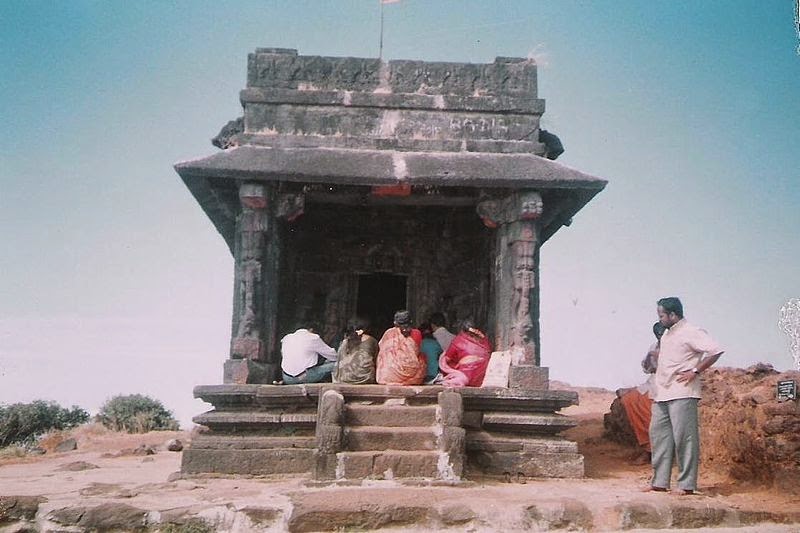Mata Bhangayani Devi Temple Mandir Haripurdhar Sirmour Himachal
Location :
The Mata Bhangayani Devi Temple is a revered Hindu shrine located in the village of Haripurdhar, within the Sirmour district of Himachal Pradesh. Perched at an altitude of 8,000 feet, the temple is dedicated to Maa Bhangayani, a powerful local goddess. It is a peaceful place of worship that draws both devotees and tourists with its spiritual significance and scenic Himalayan views.
The Mata Bhangayani Devi Temple is a revered Hindu shrine located in the village of Haripurdhar, within the Sirmour district of Himachal Pradesh. Perched at an altitude of 8,000 feet, the temple is dedicated to Maa Bhangayani, a powerful local goddess. It is a peaceful place of worship that draws both devotees and tourists with its spiritual significance and scenic Himalayan views.
Legends :
1) One popular story involves Shirgul Devta, who once traveled to Delhi with other deities . While there, he encountered a shopkeeper whose scales would not balance , leading the shopkeeper to suspect Shirgul Devta had supernatural powers. This incident caught the attention of the Turk ruler, who sought to capture Shirgul Devta . When he failed to capture the deity, they deceitfully tied him in leather shackles and put him in jail. Maharaja Gugga Jahar Peer of Bagar country, who came to help Shirgul Devta, freed Shirgul Devta with the help of Mata Bhangyani working there as a Bhangin. On being freed from the prison, Shirgul Devta brought Mata Bhangyani with him and asked her to reside on the peak of Haripurdhar and himself merged on Chudhar.
2) As per the legends, Shirgul Mahadev was imprisoned by a Mughal King as the Mughal King was afraid of the spiritual powers of Shirgul Mahadev. Guga Peer, the King of Bagad helped him to get out of the prison with the blessings of Mata Bhangyani, who was working as a maid in the prison. For Shirgul Mahadev it was very difficult to be freed from the confinement of Mughals but he was rescued due to the help of Mata Bhangayani. Since then, Maa Bhangayani has been worshipped as God sister of Shirgul Mahadev.
3) Local cowherds discovered a stone on the peak that mysteriously kept emerging from the ground no matter how deep they buried it 🪨. Intrigued, they sought the advice of a priest, who recognized the stone’s significance and encouraged them to build a temple. The villagers constructed the temple and enshrined the stone, revering it as a Pindi. They view this stone as a symbol of the goddess’s power. They keep it covered because they do not allow direct viewing
Deity: The temple honors Maa Bhangayani, a local deity considered the "goddess of justice" (Nayay ki Devi).
Divine connection: According to local lore, Maa Bhangayani is the god-sister of Shirgul Mahadev, a prominent regional deity. Her legend also connects her to Churdhar Peak and its Chureshwar Mahadev Temple.
Also people call this temple Haripurdhar Wali Mata, and it holds great respect in Sirmaur, Solan, and Shimla. Devotees visit to seek the goddess’s help in solving disputes, as she delivers quick justice
Festivals :
The festivals of Chaitra Navratri, Ashvin Navratri, Dussehra, and Deepavali is celebrated with great joy. Thousands of devotees pay a visit to Maa Bhangayni temple to pray for their well being and prosperity. The temple is crowded on Navratris, Makar Sankranti, and on weekends. Every year, a fair is organized during Navratras and in the month of May by temple management.
Design: The temple features a distinctive pagoda-style architecture, with intricate carvings on wood and slate stone.
Scenic location: Situated in the lesser Himalayas (Shivalik ranges), the temple offers visitors stunning, panoramic views of the surrounding hills and valleys.
Nearby attractions :
Haripurdhar village: Formerly known as "Dungbhangayani," Haripurdhar was once the summer capital of the Sirmour State.
Killa: An ancient fort, known as "Killa," sits atop the Haripur hill.
Churdhar Peak: The highest peak in the area is home to the Chureshwar Mahadev Temple. The Mata Bhangayani Devi Temple offers a clear and open view of the peak.
Trekking routes: For adventurers, a 3-km trekking route from the Haripurdhar main market leads to the Killa Peak and a forest guest house
Haripurdhar village: Formerly known as "Dungbhangayani," Haripurdhar was once the summer capital of the Sirmour State.
Killa: An ancient fort, known as "Killa," sits atop the Haripur hill.
Churdhar Peak: The highest peak in the area is home to the Chureshwar Mahadev Temple. The Mata Bhangayani Devi Temple offers a clear and open view of the peak.
Trekking routes: For adventurers, a 3-km trekking route from the Haripurdhar main market leads to the Killa Peak and a forest guest house
How to Reach :
It is easy to reach Shillai from Ponta Sahib and Haripurdhar from Shillai . You can visit here anytime. The road connects the temple well to Shimla, Solan, and Sirmaur. The temple is about 100 km from Nahan, and you can reach it via the Nahan-Renuka-Sangara, Paonta Sahib, or Shimla-Chopal-Kupvi routes. Accommodation including inns (rest houses) and hotels are available near the temple with online booking options
Websites :
https://www.apnisanskriti.com/temple/maa-bhangayani-temple-haripurdhar-sirmour-himachal-pradesh-3481








































